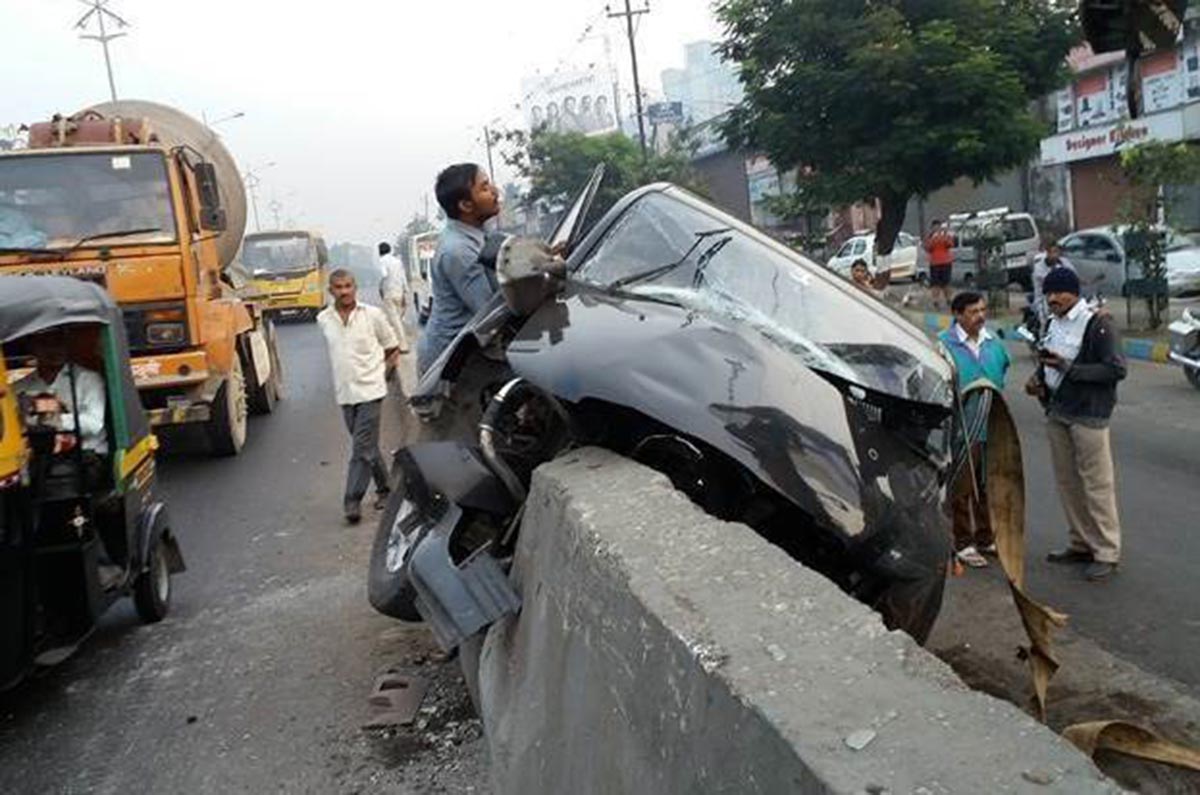UN urges motorists worldwide to reduce speeds

Every 24 seconds, another person has been killed in a road traffic crash somewhere in the world. One too many. And vehicle speed is at the core of the road traffic injury problem, one which most countries are faced with. This is a topic that the UN discussed in its sixth Global Road Safety Week (May 17-23), with an aim to spread awareness.
- Annually, 1.35 million lives are lost in road accidents worldwide
- India accounts for 11 percent of the world road fatalities
- A third of road crashes globally are attributed to speeding
- There is evidence that 30kph speed limits in crowded areas will save lives
Each year, over 1.35 million lives are lost and 50 million injured on roads worldwide. One quarter of those killed or injured are pedestrians or cyclists, and the majority of those impacted fall in the 5-29 years age group. India, which accounts for over 1,50,000 road crash fatalities – 11 percent of the world total – and sees nearly 5,00,000 injured every year ranks the highest amongst developing nations on this front.
Road traffic crashes are estimated to cost countries approximately 3 percent of their GDP, with the economic losses in low- and middle-income countries equivalent to 5 percent of GDP. It is a sad fact of life that every day, globally, 3,000 children and young people are killed or seriously injured. A child hit by a car at 30kph can survive but if hit at 80kph, will most likely die. Speed kills.
Effect of speed in road accidents
Speed is implicated in a third of road crashes and even a 5 percent cut in average vehicle speed can lead to a 30 percent reduction in fatal road crashes. Lower the speed of the vehicle, the lower the risk of death and injury for pedestrians. Experts say every 1kph increase in speed results in a 4-5 percent increase in fatal crashes. There is strong evidence that a maximum 30kph speed limit saves lives, especially among pedestrians, cyclists, children, and young people, and has environmental and other benefits.
According to the UN, excessive and inappropriate speed is among the key risks for road traffic deaths and injuries, contributing to around one-third of road traffic fatalities in high-income countries and up to one half in low- and middle-income countries. Safe speeds are among the four main elements of the ‘safe systems approach’ to road safety, along with safe roads and roadsides, safe vehicles and safe road users.
Approaches to managing speed include building or modifying roads to include features that calm traffic such as roundabouts and speed bumps; establishing speed limits to the function of each road; enforcing speed limits; installing in-vehicle technologies such as intelligent speed assistance; and raising awareness about the dangers of speeding through campaigns. Countries which have implemented the safe systems approach – including interventions to ensure safer speeds – are those which have made the most progress in saving lives on their roads.
UN’s message from the sixth Global Road Safety Week
Even as the sixth UNGRSW draws to a close today, NGOs worldwide have used the week to push ahead with long-term commitments for 30kph limits at community, city, regional, and national levels. Most countries are at different stages in their own safe roads journey and policy change always takes more than a week. Any change in attitudes, policy and implementation will be incremental.
As the UN statement says, “Liveable streets are more crucial than ever as we respond to COVID-19. Urgent for the Global Goals and for our climate, as a key that unlocks a virtuous cycle of zero carbon active travel, shifting from car dependence, enabling thriving public transportation, cleaner air and lower CO2 emissions.”
“The 2020 Stockholm Declaration, adopted by governments worldwide, calls for a focus on liveable streets and, in line with available evidence, a maximum road travel speed of 30km/h where vulnerable road users and vehicles mix. Commitment to this approach must be at the forefront of the new Decade of Action for Road Safety to achieve the Global Goals.”
Also see:
Government to set up new National Road Safety Board
Two-wheelers need greater consideration in road safety policies
UN study highlights environmental impact of EV battery production

No comments
please do not enter any spam link in the comment box